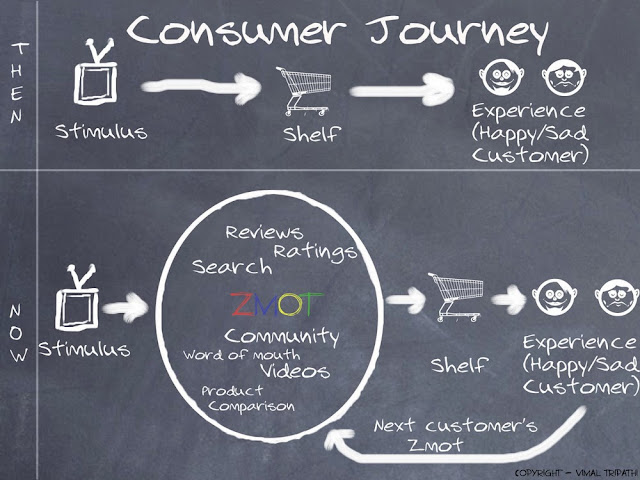You know what? I feel you.
I was also very confused at first myself. But to be honest with you, I have come to enjoy posting, sharing and interacting on Google+ more than any other social network out there. All you need is some practice, and once you've grabbed it, you will understand why G+ is the fastest growing social network in the world, and has already overtaken Twitter and LinkedIn.
So let us start with:
Posting On Google+
First you should keep in mind that even though it seems complicated to you now, it is actually going to be so easy after some practice, and you will laugh at yourself once you've gotten used to the interface. :)
So just think about your the Facebook post you are currently using.
It has a box that says "what's on your mind" right?
Now I am sure that that is the first thing you do:
Type in whatever is on your mind into that box.
Ok, in G+ you will find a very similar kind of box on your homepage, but it says, "Share What's New..."
And once you click on that box to start typing, the box get's larger. By the way you can get to your home page by clicking on your name at the Top Right of your screen, or by moving your pointer to the g+ logo at the extreme Top Left side.
And once you click on that box to start typing, the box get's larger. By the way you can get to your home page by clicking on your name at the Top Right of your screen, or by moving your pointer to the g+ logo at the extreme Top Left side.
Now in the image directly below, I have marked the posting process into 4 different steps:
Step 1 Is writing what you wish to share
Step 2 Is to determine the who you want to share it with.
Step 3 Is to add a photograph or a link to a video or website to your post.
And Step 4 is to publish your post.
It's so easy.
Now, one of the many lovely things that Google+ has that other social media don't have is the ability to add rich formatting to your post. So by using two underscores to sandwich a word or sentence, you can make it _ITALICIZED_. While you can also use asterisk to *make it bold* and dashes to do - -strike throughs -.
This gives your post that richer edge than others. There are still many tricks that advanced users of Google+ know that I could share with you if you come and ask me on the Digital Africa community.
This gives your post that richer edge than others. There are still many tricks that advanced users of Google+ know that I could share with you if you come and ask me on the Digital Africa community.
So go ahead and type what you want to say.
But before you click share, pay attention to Step 2 (it's very important).
Now, let's say you have just finished typing your post.
You would notice that there is a green item under it that says "Public". This indicates that if you post it the way it is, everyone that visits your profile on G+ will be able to see that post and even comment on it.
Now if you want a particular person (a friend or family member) to be notified specifically about that post then you need to add a + sign as well as the person's name. Make sure you select the persons name from the options given to you while you start typing that name. And make sure it is the right person. :)
So something like the picture above will be seen by Everybody, but your circles will additionally be notified, then Vivian Akinyosoye and Chigo Okeke will also be notified specifically.
But if you click on the X part of the Public item and the Circles item, then only Vivian and Chigo will be able to see the post.
If you click on the X next to Vivian's name, then it means you want the post to be private between you and Chigo.
So above is a picture of the shared post after clicking the 'share' button. I have pointed out the effects of each of the first 3 Steps. Notice that Step 2 will show only shared "Publicly" even though you shared it with several different circles of people.
Now assuming you hadn't chosen to share it publicly, it would have said shared "privately" instead.
Step 3 here shows that I uploaded 2 photos. Yes, in Google+ you don't just have the power to share more than one photo in one post, you can also create some dazzling effects on each photo.
Isn't that awesome?
So what are you waiting for? Start Plussing!
Isn't that awesome?
So what are you waiting for? Start Plussing!
If you enjoyed this article, and you think it would be useful for someone else, please share it on your Google+ profile as well as your Twitter and Facebook. Thanks.
If you want more useful tips from me about the G+ or the Internet in general, please feel free to connect with me on my profile.
A final tip:
Once you've joined Google+, some of the best experiences that will help you to take full advantage of it, are in joining Communities that are relevant to your interests or business.
I will suggest three right away:
Don't hesitate to ask me any questions you might have in the comments section of this blogpost.
Or if you prefer, you can reach us in the Digital Africa community.
Or if you prefer, you can reach us in the Digital Africa community.
Happy Plussing! :-)



















